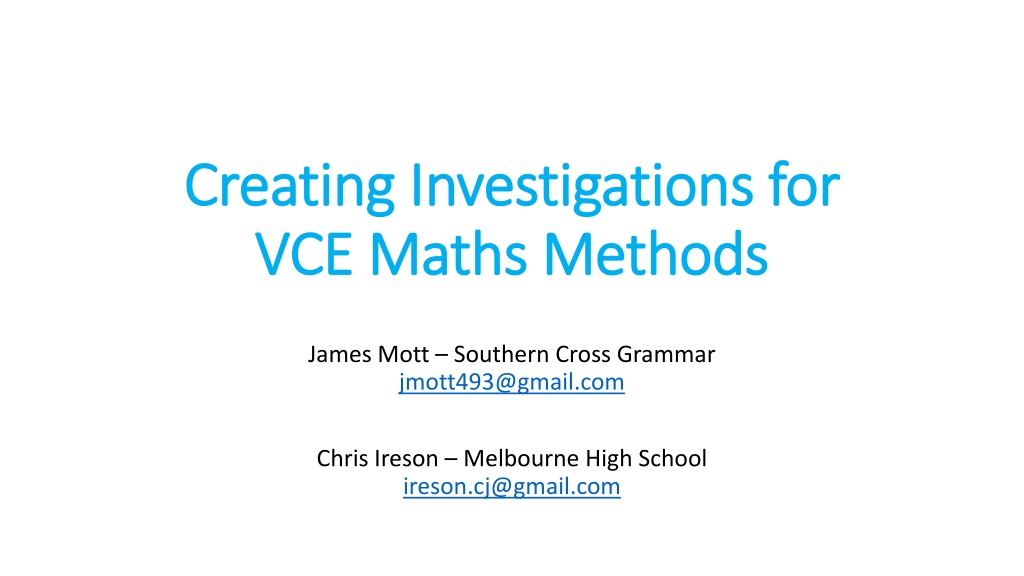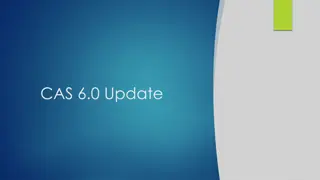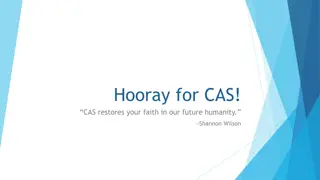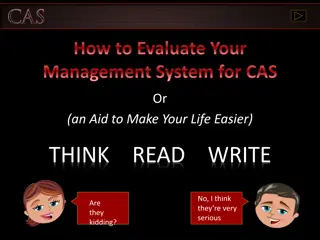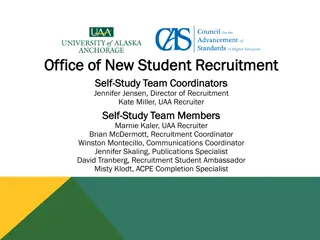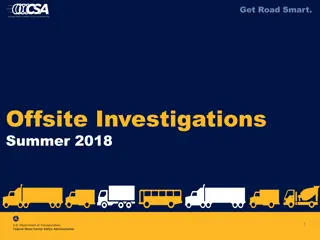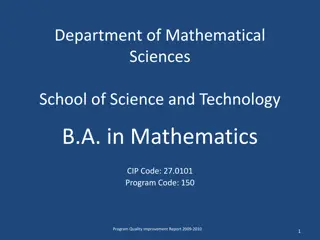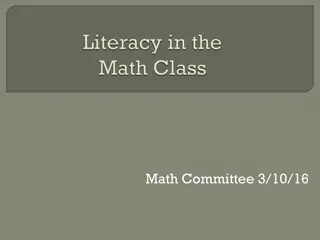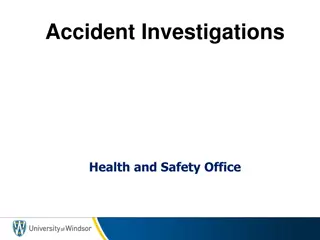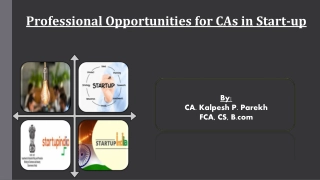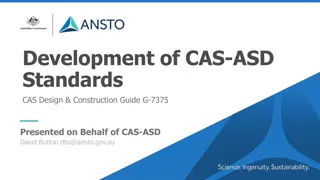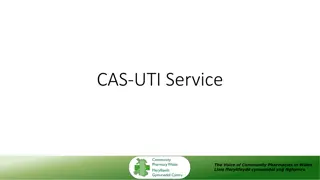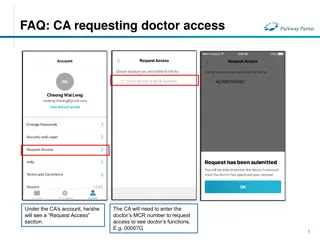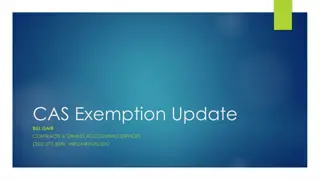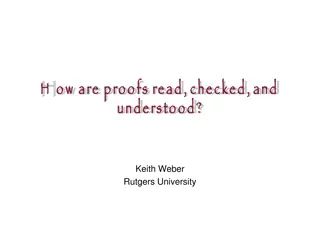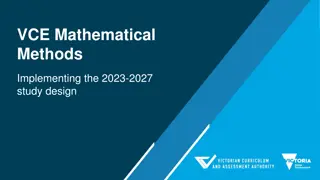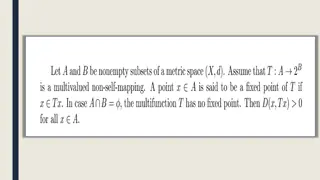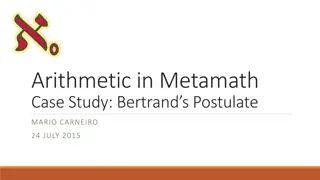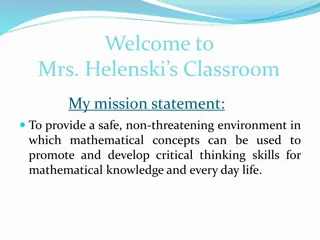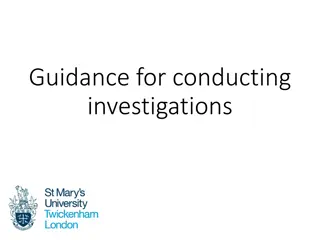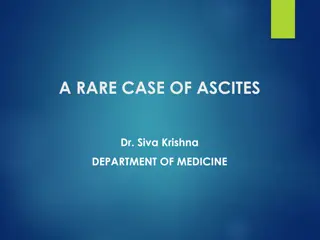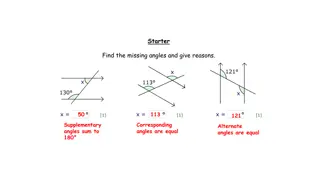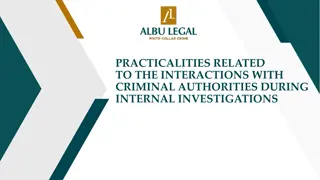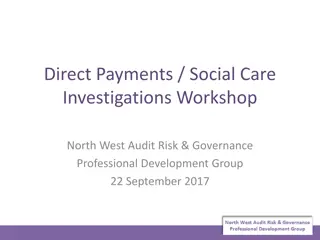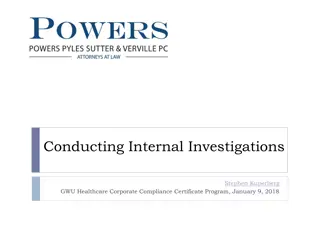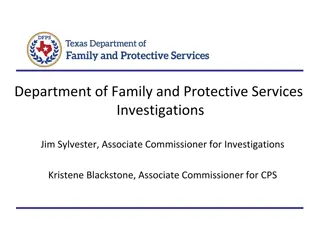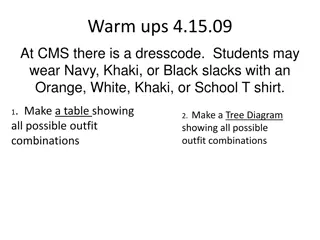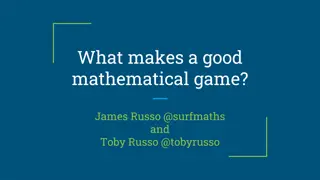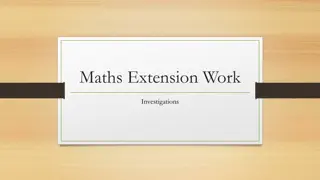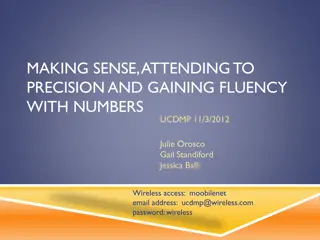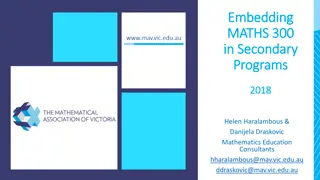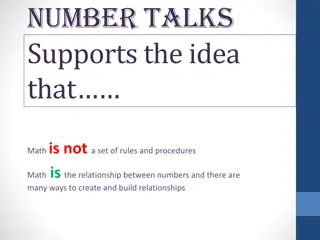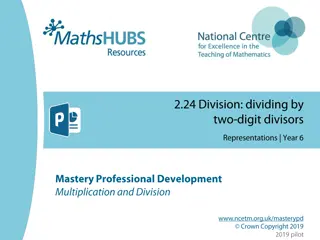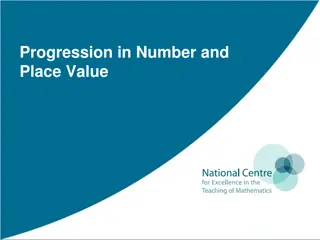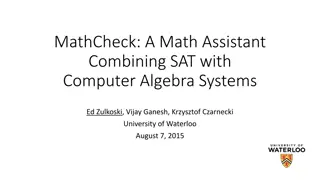Strategies for Creating Mathematical Investigations with CAS Technology
In this workshop, participants will learn strategies for developing structured and open-ended mathematical investigations with the support of CAS (Computer Algebra System) technology. The session will focus on breaking down big ideas into components, drafting tasks effectively, creating open-ended questions, and utilizing CAS technology to aid investigations. Participants will also have hands-on experience exploring mathematical concepts using TI-Nspire calculators.
Download Presentation

Please find below an Image/Link to download the presentation.
The content on the website is provided AS IS for your information and personal use only. It may not be sold, licensed, or shared on other websites without obtaining consent from the author. Download presentation by click this link. If you encounter any issues during the download, it is possible that the publisher has removed the file from their server.
E N D
Presentation Transcript
Creating Investigations for Creating Investigations for VCE Maths Methods VCE Maths Methods James Mott Southern Cross Grammar jmott493@gmail.com Chris Ireson Melbourne High School ireson.cj@gmail.com
Learning Intention To learn strategies to help create a Mathematical Investigation, and to understand how CAS technology can support with Investigation Format of workshop: Information on Investigations Using CAS Having a go at a sample Investigation
Strategies for creating structured investigation Strategies for creating structured investigation Think of a big idea and see how you can break it down into the three components: 1. specific/familiar cases, 2. exploring/generalising, 3. exploring the same idea/theme, just with something a bit different There s the structure of the task In drafting such a task, start with the general case and work backwards to get an overview, then work forwards with the specific cases Don t try to incorporate every skill. Not the point. You should be assessing these in your classroom with regular formative assessment.
Strategies for creating open Strategies for creating open- -ended questions ended questions Turn the question around Give students the answer/conditions and ask them to create something from that Write a polynomial that has the roots of 3 &-4 One side of a right triangle is 5 units long. What could the other side lengths be? Ask for similarities and differences Students comment/describe what they observe/calculate Students develop their own conclusions/conjectures Allow students to choose their own values and techniques Select different values for the parameters in ? = ??? ?? and observe how the values affect the features of the graph. Students choose their own method of working through a problem
Tips for using CAS technology to aid Investigation Tips for using CAS technology to aid Investigation Students can use the dynamic environment of CAS technology to enhance their understanding through visualisation, which can aid them in progressing to conjecturing and generalising. Utilizing dynamic environment of the Notes Application to perform algebraic operations and computations. Using sliders in a graphs page to visualise and explore effects of parameters. Best to minimise the slider to allow for easier use. On the handheld, hover over the slider and press (for a right-click) and press minimise.
Have a go at investigating with the TI Have a go at investigating with the TI- -Nspire Put yourselves in the students shoes Put yourselves in the students shoes Choose the component you would like to explore, and join a group that is looking at the same component Nspire Think about the following questions and discuss: How would my students go with this question/task? Where could my students struggle? Content? Technology? How could I adapt this task to suit my students? How could I extend this task? What could a low/medium/high student response look like? How could I implement an investigation into the teaching & learning sequence?
Additional Investigation starting points Additional Investigation starting points Making better boxes and barrels Suitable for Unit 2 within the Calculus area of study Focus is on Optimization Created by James & Chris Point of No Return Suitable for beginning of Unit 1 or Year 10 Involves Linear graphs, Coordinate Geometry, and some Quadratics Taken from SACE website Personal Polynomials Suitable for Unit 1 Focus is on forming equations of polynomials. Open-ended. Available on the TI Australia website Functions Inverses Suitable for Unit 1 Focus is on Inverse Functions Available on the TI Australia website String Graphs Focus is on linear graphs Suitable for Unit 1 or Year 10 Available on the TI Australia website
Feedback https://www.surveymonkey.com/r/MAV22Thurs Sample Investigations & Solutions Link to the resources for today s workshop Success Criteria Understand how to structure a Mathematical Investigation Creating opportunities for students to communicate their understanding and reasoning Understand how to use Sliders using TI-Nspire CAS Technology Understand how to use the Notes Application using TI-Nspire CAS Technology
Learning Intention To learn strategies to help create a Mathematical Investigation, and to understand how CAS technology can support with Investigation Success Criteria Understand how to structure a Mathematical Investigation Creating opportunities for students to communicate their understanding and reasoning Understand how to use Sliders using TI-Nspire CAS Technology Understand how to use the Notes Application using TI-Nspire CAS Technology
Additional Comments Additional Comments - - In your own time In your own time
Qualities of effective tasks Qualities of effective tasks Tasks that allow for selection of representations Tasks that encourage conjecturing & seeking counter-examples Students can use the dynamic environment of CAS technology to enhance their understanding of the mathematical concepts through visualisation, which can aid them in progressing to conjecturing and generalising. Tasks that offer learners opportunities to practice techniques This is valuable as fluency can aid relational understanding and also because some students find performing well on instrumental tasks reassuring. Scaffold by providing some specific cases i.e. graphical, algebraic, tabular
In your own time In your own time Sample work (11 Methods 2020) Sample work (11 Methods 2020) Excerpt from online summative task Excerpt from online summative task Low response Medium/At level response High/Above level response
